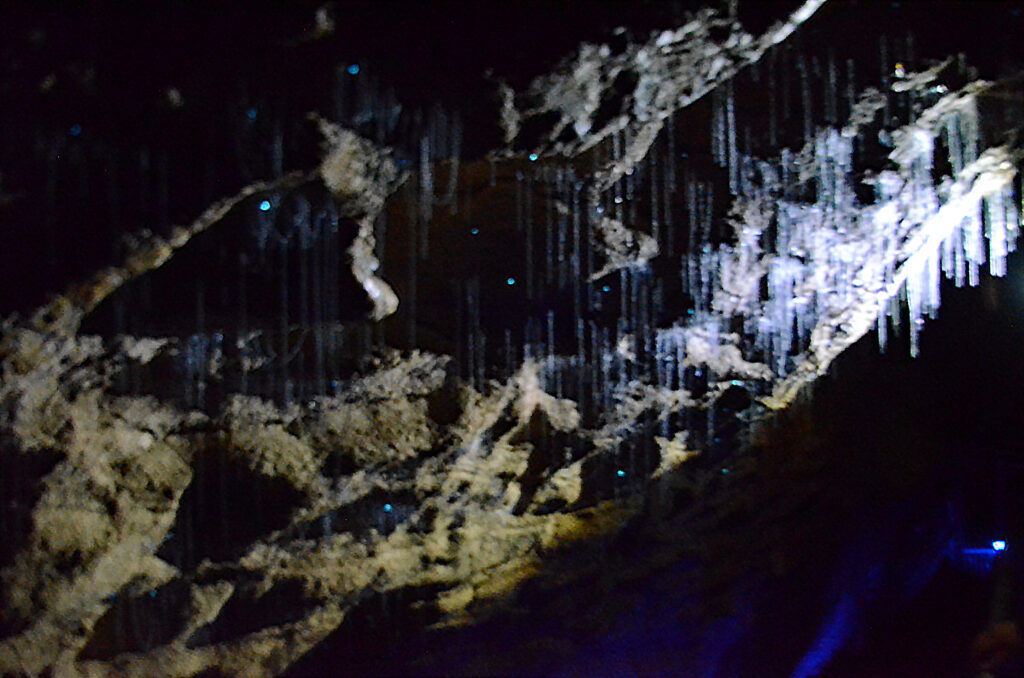In recent years, genetic research has emerged as a powerful tool in the effort to conserve endangered animals. By unlocking the mysteries of DNA, scientists are finding innovative ways to protect and revive species that are on the brink of extinction. From mapping genomes to developing new breeding techniques, genetic research is providing hope for the future of biodiversity. Here are ten ways it is making a difference.
Mapping Genomes for Conservation Planning

Genome mapping is one of the most significant breakthroughs in genetic research. By sequencing the entire DNA of endangered species, scientists gain a comprehensive understanding of the genetic health of these populations. This information is invaluable for conservation planning, as it helps predict how species will respond to environmental changes and identifies critical genetic traits that must be preserved.
Identifying Genetic Diversity to Enhance Survival

Genetic diversity is crucial for the survival of any species. It provides the raw material for adaptation and evolution. By studying the genetic makeup of endangered species, researchers can identify the levels of genetic diversity within populations. This knowledge allows conservationists to make informed decisions about breeding programs and translocations, ensuring the long-term viability of these species.
Developing Assisted Reproduction Techniques

Assisted reproduction techniques, such as in vitro fertilization and artificial insemination, are becoming vital tools in genetic research for endangered animals. These techniques allow scientists to overcome breeding obstacles in small, isolated populations. They can enhance genetic diversity by mixing genes from different locations or even reintroducing extinct lineages back into the wild.
Cloning Endangered Species
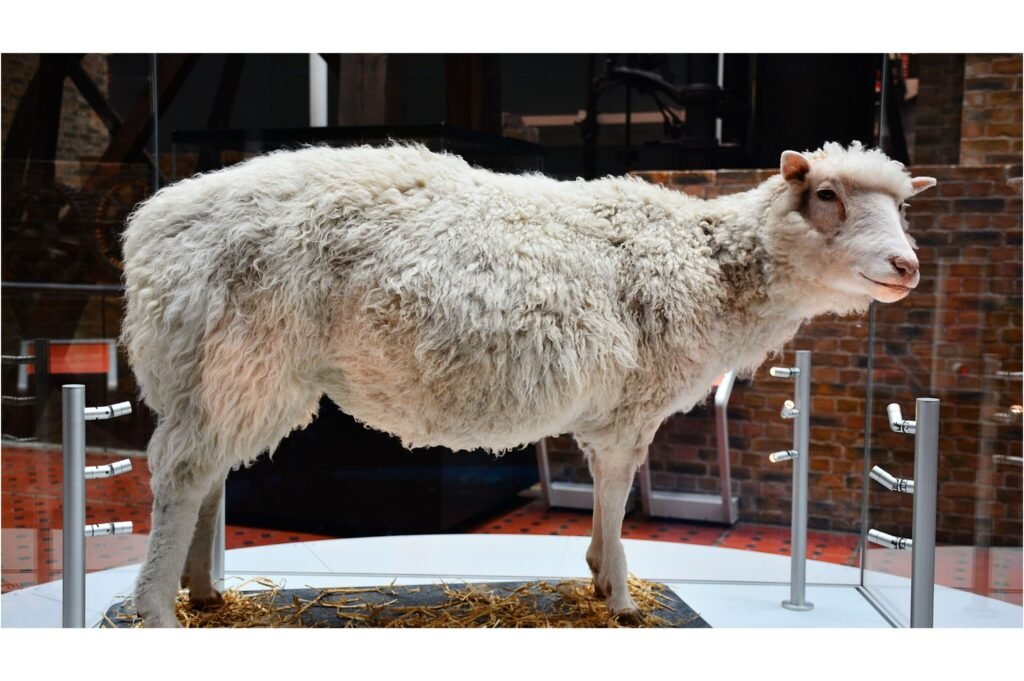
While it remains a controversial topic, cloning represents a potential lifeline for critically endangered species with no remaining breeding pairs. By using somatic cell nuclear transfer (the same technique that produced Dolly the sheep), scientists can create genetically identical individuals from endangered animals. Cloning efforts focus on maintaining genetic diversity and complementing traditional conservation strategies.
Detecting Diseases and Enhancing Immunity
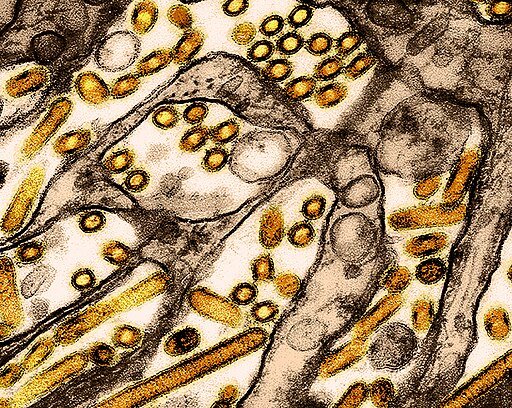
Genetic research also aids in understanding disease susceptibility in endangered animals. By identifying genetic markers associated with resistance or vulnerability to specific diseases, conservationists can manage populations more effectively. In some cases, gene editing technologies like CRISPR are being explored to enhance immune responses and protect species from devastating outbreaks.
Tracking Illegal Wildlife Trade with DNA Barcoding
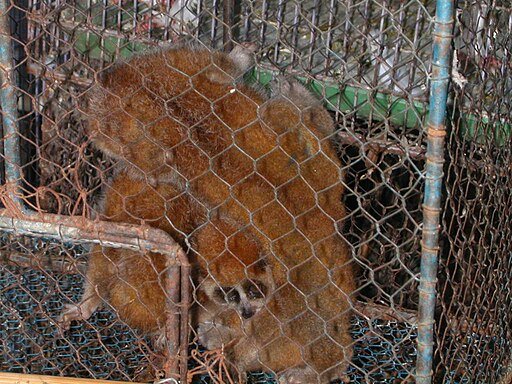
DNA barcoding is a method that uses short genetic sequences to identify species. This technique is proving invaluable in curbing the illegal wildlife trade. By analyzing samples from confiscated animal products, scientists can determine their species of origin, making it easier to prosecute wildlife crimes and protect endangered species from poaching.
Creating Genetic Reservoirs: Biobanking for the Future
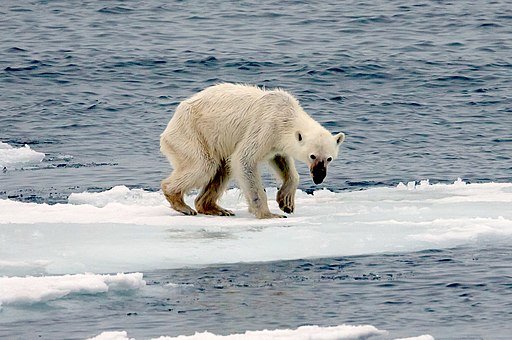
Biobanking involves the storage of genetic material such as DNA, tissues, and reproductive cells from endangered species. These genetic reservoirs create a backup of biodiversity, ensuring that even if a species becomes extinct in the wild, its genetic material can be preserved for future restoration efforts. Biobanking is a cornerstone of modern conservation strategies.
Understanding Evolutionary History to Foster Resilience

By studying the evolutionary history of endangered species through genetic research, scientists gain insights into how these animals have adapted to past environmental changes. This information can be used to predict the future adaptability of species and to design conservation strategies that enhance their resilience to current and future challenges.
Resolving Taxonomic Uncertainties for Accurate Conservation
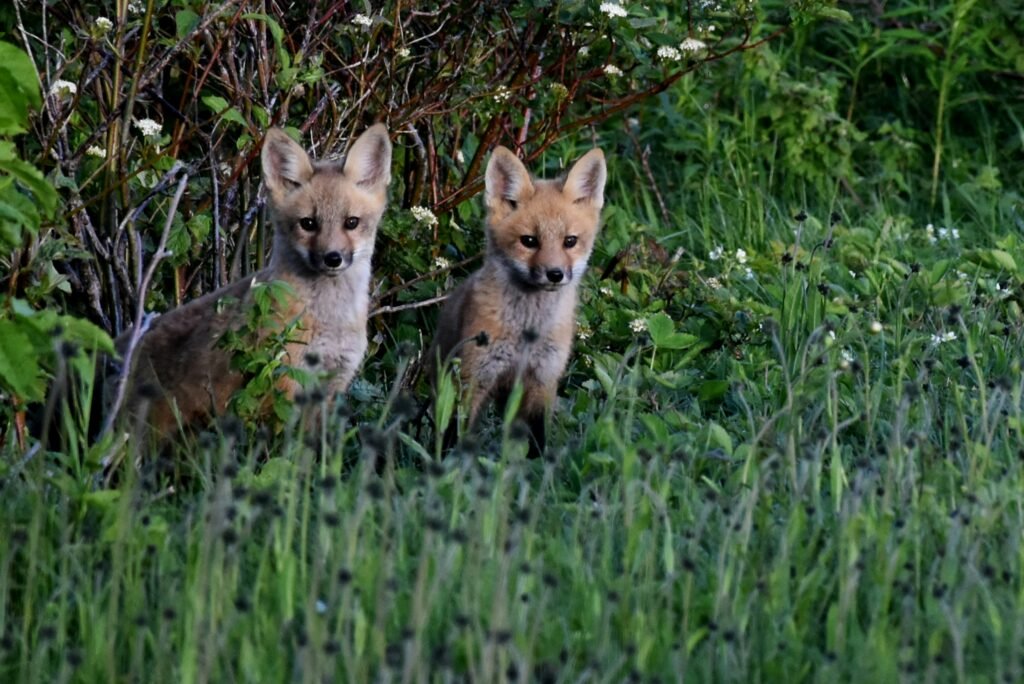
Taxonomic uncertainties can complicate conservation efforts, as different species or subspecies may require distinct management strategies. Genetic research helps clarify these uncertainties by providing definitive answers about species identity and relationships. This ensures that conservation resources are accurately directed towards preserving the right populations.
Facilitating Community Involvement in Conservation

Genetic research has the power to involve local communities in conservation efforts by increasing awareness and understanding of the importance of genetic diversity. Citizen science programs that engage the public in collecting genetic samples from endangered species contribute to data collection and foster a sense of shared responsibility for protecting biodiversity.
As genetic research continues to evolve, it offers unprecedented opportunities to save endangered animals from extinction. By combining advanced genetic techniques with traditional conservation methods, scientists are not only preserving current biodiversity but are also paving the way for a future where endangered species can thrive once more.


